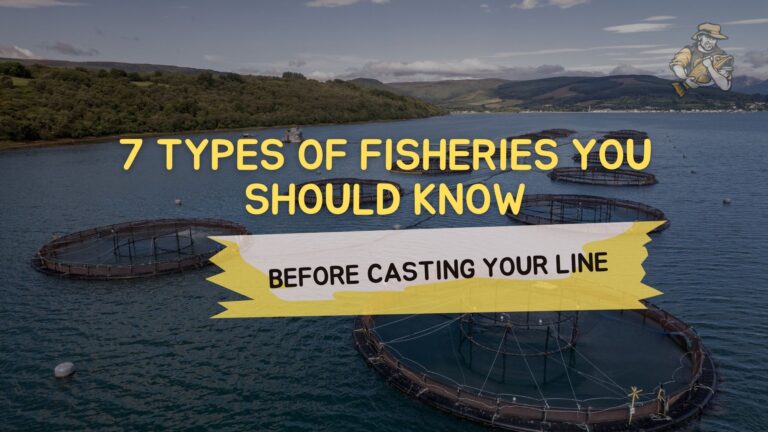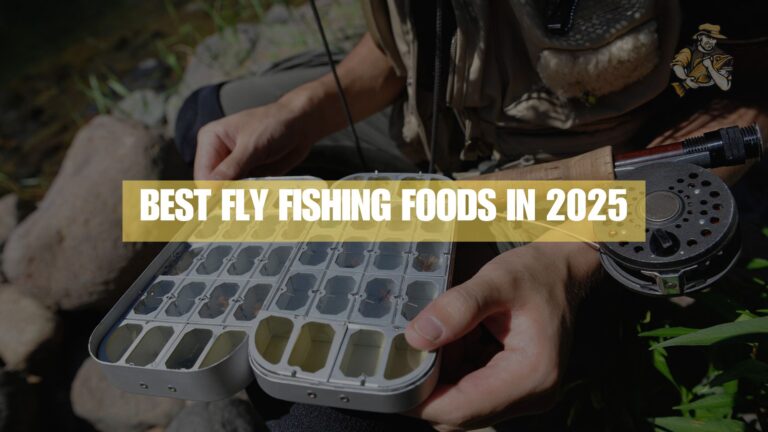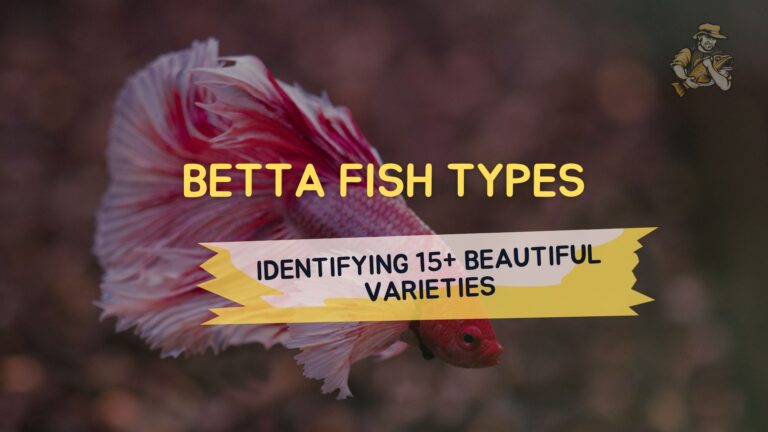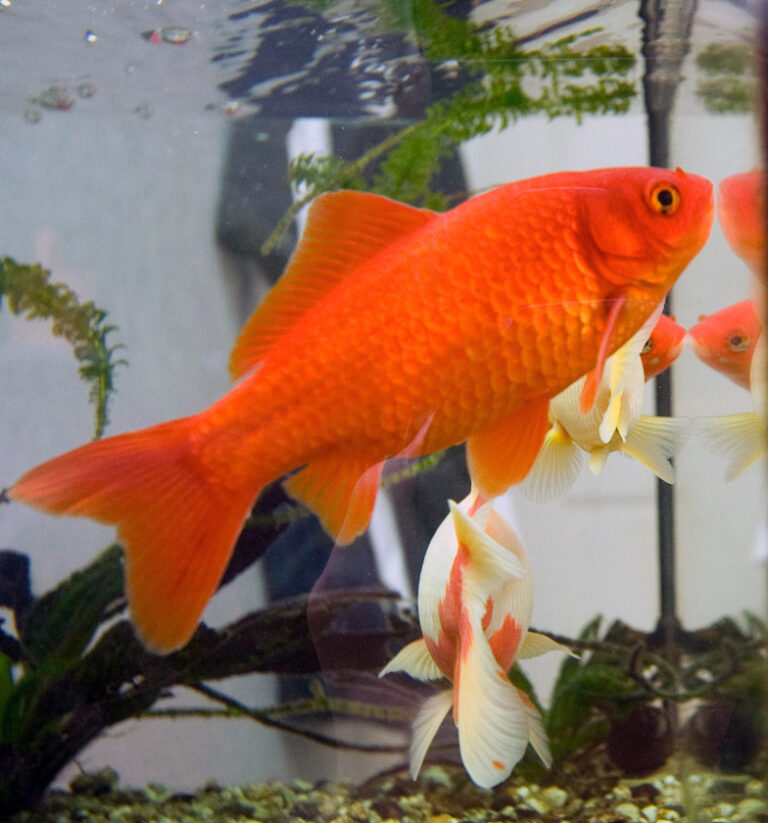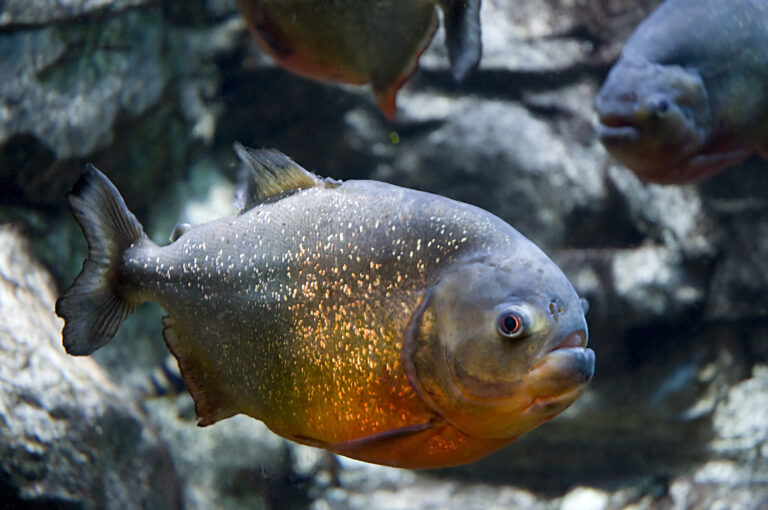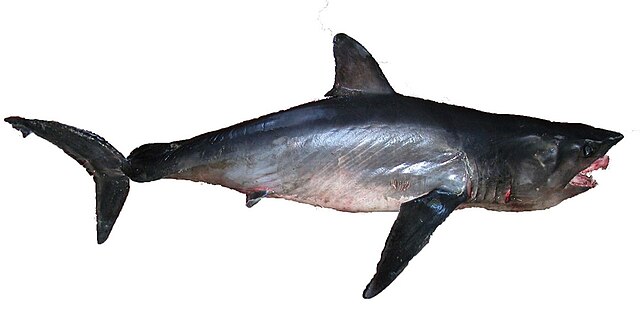Offshore Swordfish fishing: Night Techniques and Premier Gear
By Adam Hawthorne | Last Modified: May 21, 2025
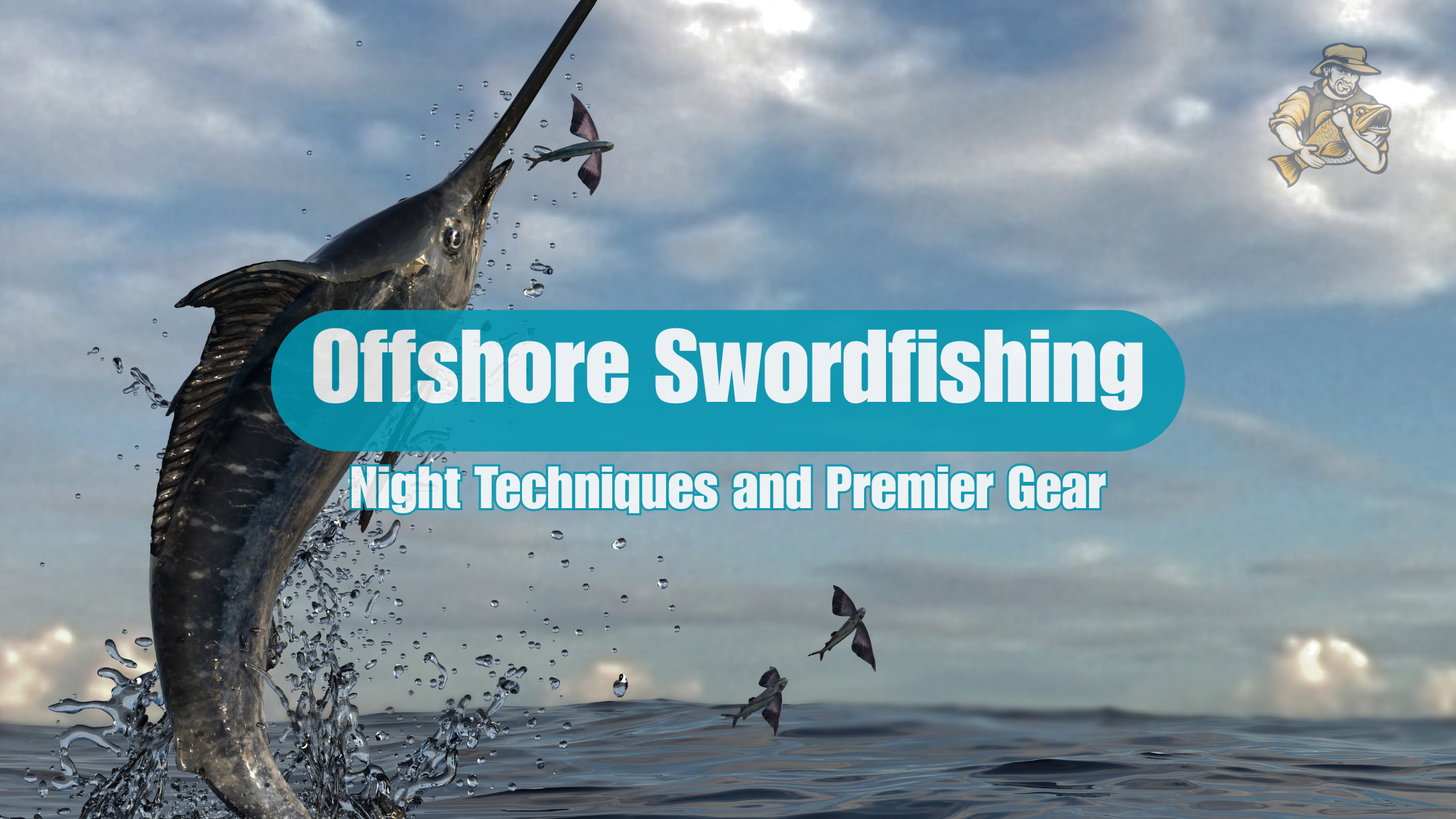
The first time I ventured into the darkness 30 miles offshore of Key West for swordfish, I was woefully unprepared. My buddy Dave and I had spent thousands on the wrong gear, picked a terrible moon phase, and ended up with nothing but sore arms and bruised egos. That was back in 2009, and since then, I’ve learned that swordfishing at night is an entirely different game than daytime drops.
After years of trial and error (and more empty-handed trips than I care to admit), I’ve finally dialed in what works for targeting these magnificent gladiators of the deep after dark. I’m not claiming to be the world’s best swordfish angler – plenty of Florida captains have forgotten more than I’ll ever know – but I’ve managed to boat enough decent fish to share some hard-earned wisdom.
Understanding Swordfish Behavior After Dark
Swordfish behavior changes dramatically once the sun sets. During daylight hours, these predators typically hold in deep water, sometimes 1,500+ feet down where light barely penetrates. But at night? That’s when the real magic happens.
When darkness falls, swordfish often rise in the water column to feed, sometimes coming up to just 100-300 feet below the surface. This behavioral shift completely changes your approach – instead of the specialized deep-drop techniques needed during daylight, night fishing allows for more traditional methods.
I remember a muggy August night in 2018 when my depth finder lit up with marks at 220 feet while we were drifting along the edge of the Gulf Stream. The water temp at the surface was 84 degrees, but a thermocline at about 200 feet created the perfect feeding zone. We hooked up with a 175-pounder an hour later using tactics I’ll share below.
What’s fascinating about nocturnal swordfish is how they use their bill. Contrary to popular belief, they don’t typically “spear” prey. Instead, they slash through bait balls, stunning smaller fish before circling back to eat the wounded. I’ve seen this behavior firsthand when we had a juvenile swordfish come right up beside the boat and demolish a school of flying fish attracted to our lights. Incredible to witness, terrifying if you’re a flying fish.
The Moon Phase Factor: More Critical Than Most Realize
If I could go back and tell my rookie self one thing, it would be to obsessively check moon phases before planning a swordfishing trip. The difference between fishing three days before a full moon versus three days after can be the difference between multiple hookups and complete disappointment.
Most anglers know that fishing around the full moon is productive, but here’s what took me years to figure out: the three days LEADING UP to the full moon often outperform the full moon itself and the days immediately after.
Last September, we fished the two nights before the full moon and had four hookups each night. The following week, under seemingly identical conditions but three days after the full moon, we blanked completely. My logbooks show this pattern repeating over and over.
Why? I suspect it relates to feeding behavior becoming more frantic as the moon waxes toward full, then tapering off as prey becomes scarcer after several nights of good hunting conditions. This isn’t something you’ll find in fishing magazines – it’s just a pattern I’ve noted over dozens of trips.
Essential Gear for Night Swordfishing
Swordfishing demands specialized equipment – there’s just no way around it. These aren’t 3-pound bass we’re targeting. These are powerful, often 200+ pound predators with a sword on their face. Skimping on gear is a recipe for heartbreak.
Rods and Reels: The Backbone of Your Operation
I’ve tried virtually every rod/reel combo marketed for swordfishing, and here’s what I’ve learned: most are either overkill or dangerously inadequate.
For reels, you need something with both substantial line capacity and serious cranking power. After losing two nice fish in 2014 using lighter tackle, I’ve settled on 50-wide class reels as my minimum. The Shimano Talica 50II has been my workhorse for years – expensive, yes, but I’ve yet to find anything that balances power and weight better for the money.
Here’s a controversial opinion: I prefer star drag reels over lever drags for swordfishing. The ability to make micro-adjustments during the fight without looking down at my reel (impossible on a dark boat) has saved me multiple fish. Most captains I know disagree with me on this one, but it’s what works for my fishing style.
For rods, I’ve had bad experiences with overly stiff blanks. A rod with too little give will pull hooks during the violent head shakes swordfish are known for. My current setup is a Centaur International Series 80-130 pound class with a slightly softer tip than most heavy rods. It’s about 5’6″ – short enough for leverage but long enough to keep lines away from props during the chaos of a boatside battle.
Tommy (my 9-year-old) once asked why I don’t just use my tuna gear for swords. The answer is simple – most tuna rods lack the backbone needed in the lower third of the blank. When a 200-pound sword decides to sound (dive deep), you need stopping power that most tuna rods just don’t provide.
Line Systems: Don’t Compromise Here
I’ve experimented with numerous line setups over the years, and I’ve landed on a system that rarely fails me:
- Backing: 600+ yards of 80-pound braided line (hollow core allows for loop-to-loop connections)
- Top Shot: 100-200 yards of 80-pound monofilament (provides stretch and abrasion resistance)
- Leader: 15-20 feet of 250-300 pound fluorocarbon or monofilament
One mistake I see frequently – even among experienced anglers – is using leaders that are too short. Swordfish have extremely rough skin, especially around their bill and head. A short leader will chafe against this sandpaper-like surface during the fight and eventually fail.
I learned this the painful way off Marathon in 2016 when a solid 300+ pound sword chafed through my 8-foot leader about 40 minutes into the fight. The memory still haunts me – watching that massive shadow descend back into the depths with my $30 Hogy luminescent squid lure still attached to its face.
Terminal Tackle: Details Matter
Here’s where many anglers cut corners, and it’s almost always a mistake. The hooks, lights, and rigging components you choose can make or break your success rate.
For hooks, I exclusively use 11/0 non-offset circle hooks for both conservation reasons and hookup ratios. J-hooks may seem to get more initial bites, but they gut-hook swords at an unacceptable rate. Plus, fish hooked in the corner of the mouth with circles are much easier to release if they’re undersized.
The most important terminal component – beyond even the hook – is your light. Swordfish hunt primarily by sight, using their huge eyes to spot bioluminescent prey in dark water. Without an attractor light, your chances drop dramatically.
After trying at least a dozen different light systems, I’ve settled on Lindgren-Pitman Electralume lights for their reliability and run time. The blue/green spectrum seems most effective in the Gulf Stream waters where I fish. I know guys who swear by the purple lights, but my hookup ratio dropped when I experimented with them last summer.
Light placement is critical – about 5-6 feet above your bait prevents the light from spooking suspicious swords while still illuminating your offering. Some charter captains place the light right at the bait, but I’ve had better success with some separation.
My buddy Rick from Naples rigs his lights directly against his baits and outfishes me regularly, though, so there’s definitely room for different approaches here. Swordfishing isn’t an exact science, despite what some experts claim.
Bait Selection and Rigging Techniques
I could write an entire book on this topic alone. Swordfish can be incredibly picky eaters one night and absolute vacuum cleaners the next. Being prepared with multiple bait options has saved many trips.
The Squid Debate: Fresh vs. Frozen
If you’ve been around swordfishermen for more than five minutes, you’ve probably heard heated debates about squid – specifically whether fresh or frozen works better. After years of side-by-side testing (literally rigging one of each on different lines), I’ve reached a conclusion that might surprise you.
It doesn’t matter nearly as much as how you rig it.
A perfectly rigged frozen squid will outperform a poorly rigged fresh one every time. That said, if both are rigged identically, fresh squid has a slight edge – maybe a 20% better bite ratio in my experience.
The problem? Finding truly fresh squid is nearly impossible for most anglers. What’s marketed as “fresh” at most bait shops has usually been previously frozen anyway. For most of us, premium frozen squid is the practical choice.
Whatever you choose, size matters. For night fishing, I’ve had the most consistent success with medium-sized squid around 10-12 inches. Anything much larger becomes unwieldy and unnatural in the water, while smaller offerings tend to attract more unwanted species like sharks and small tuna.
Alternative Baits Worth Considering
While squid dominates the swordfish bait conversation, there are nights when alternatives shine. Some of my most memorable catches have come on baits that would raise eyebrows among purists.
Strip baits cut from bonito or false albacore can be devastatingly effective, especially during periods of high current when squid tend to spin. The natural oils these oily fish release create a scent trail that can draw swords from surprising distances.
On one memorable trip out of Islamorada with my brother-in-law, we had out two lines with premium squid and decided to drop a bonito strip on the third rod just to “see what happens.” Guess which bait got hammered by a 230-pounder? The bonito strip wasn’t even in the water 20 minutes.
For the truly adventurous, ribbonfish rigged with an internal light can be absolute sword magnets on certain nights. They’re difficult to find and even harder to keep fresh, but their slender profile and reflective skin create a presentation that curious swords find difficult to resist.
Proper Rigging: The Make-or-Break Detail
How you rig your bait matters more than the bait itself. A poorly rigged premium bait is just expensive chum.
For squid, I use a technique learned from an old Greek commercial swordfish harpooner I met in a tackle shop in Tarpon Springs. Instead of running the hook through the mantle just once, he showed me how to weave it through multiple times while keeping the presentation straight.
First, insert your circle hook near the pointed end of the mantle, then exit about 1/3 of the way down. Reinsert the hook 1/2 inch away from the exit hole, threading it inside the body cavity toward the tentacles. Finally, exit near the base where the tentacles connect, with the hook point exposed.
This rigging style keeps the squid remarkably straight during the drop and prevents the frustrating spinning that plagues many swordfishing setups. It took me about 20 squids to get this technique right the first time, but the difference was immediately apparent.
For strip baits, the key is creating a balanced presentation that doesn’t spin. I use a rigging needle to run copper wire through the length of the strip, creating a semi-rigid backbone. This allows me to give the strip a slight bend that imparts a wounded-fish action during the retrieve.
Night Swordfishing Techniques That Actually Work
With your gear ready and baits rigged, it’s time to discuss techniques. This is where science meets art, and where a methodical approach pays dividends.
Finding the Right Water
Before dropping a single bait, you need to find promising water. For swordfishing, this usually means identifying the edge of the continental shelf or prominent underwater structures that create upwellings.
In the Florida Straits where I do most of my swordfishing, we look for temperature breaks along the western edge of the Gulf Stream. These edges create feeding zones where swords congregate. Modern sea surface temperature (SST) charts available through satellite oceanographic services make finding these edges much easier than in the past.
But water temperature alone isn’t enough. Current speed plays a massive role in swordfishing success. In my logbook, most of our hookups have come in areas with 1-2 knot current – enough flow to create feeding opportunities but not so much that it makes bait presentation difficult.
Too little current and your baits hang listlessly. Too much, and keeping your presentation at the target depth becomes nearly impossible. Finding that Goldilocks zone of current takes experience and often requires moving several times during the night.
On a trip last May, we started fishing an area with barely 0.5 knots of current. After two hours without a bite, we moved just 3 miles north where the current had increased to 1.7 knots. We hooked up within 45 minutes. Same depth, same edge, dramatically different current – dramatically different results.
Drift vs. Controlled Positioning
This topic sparks endless debate among swordfishermen. Traditional wisdom says drifting produces better results for swords, while others swear by controlled positioning using motors or sea anchors.
After trying both extensively, I’ve found that a hybrid approach works best for my style. We start with a strategic drift, but I’m not afraid to use the motors to maintain position over productive bottom structure or to stay in favorable current.
Many purists insist motors spook fish, but my logbooks don’t support this. We’ve caught plenty of swords with the engines idling in and out of gear. What DOES seem to spook them is rapid changes in boat position or erratic engine revving.
If you’re fishing an area with significantly varied bottom structure, controlled drifts allow you to keep your baits in the strike zone longer. Using your motors judiciously to slow a drift or maintain position over a specific depth contour can double or triple your productive fishing time.
Line Deployment and Management
The technical aspects of getting your bait to the right depth and keeping it there separate successful swordfishermen from frustrated ones.
For night fishing, we typically deploy our baits between 150-300 feet deep, depending on moon phase, water clarity, and thermocline depth. Rather than guessing, we use the angle of our main line and a rough calculation based on the amount of weight used to estimate depth.
A common mistake – one I made for years – is failing to adjust for current. In a 2-knot current, a bait dropped “300 feet down” with inadequate weight might actually be fishing at 150-200 feet deep due to line angle. I now use a minimum of 5 pounds of weight for night fishing to ensure my baits stay relatively vertical.
Line management during the drift is equally critical. We designate one person as the “line watcher” who monitors line angles and tension, calling for adjustments when necessary. This might mean deploying more line, retrieving some, or using the motors to adjust the drift angle.
A technique that’s served us well is staggered depths. Instead of setting all baits at the same level, we’ll typically stagger them at 50-foot intervals. This allows us to cover more of the water column and identify the productive zone more quickly.
The Strike and Fight
When a swordfish takes your bait, patience becomes your greatest ally. The initial bite often feels like a gentle tap-tap-tap rather than an aggressive strike. Wait until you feel consistent pressure before gradually increasing drag to set the circle hook.
I’ve seen too many anglers get overexcited and jerk the rod at the first indication of a bite, usually resulting in a missed opportunity. Circle hooks work through steady pressure, not dramatic hook sets.
Once hooked, the real battle begins. Unlike some pelagic species that make predictable runs, swordfish fights are chaotic and unpredictable. They might sound deep, charge the boat, or perform spectacular greyhounding jumps across the surface.
My most effective fighting technique involves keeping constant, steady pressure rather than pumping the rod aggressively. Let the rod’s bend do the work while maintaining a consistent retrieve. This methodical approach might be less dramatic than the “stand up and horse them” style popularized in fishing shows, but it results in far fewer pulled hooks.
Night vs. Day: Understanding the Fundamental Differences
The techniques I’ve described focus on night fishing, which differs dramatically from the daytime deep-drop approach that’s gained popularity in the last decade.
Daytime swordfishing typically targets fish holding at depths of 1,200-1,800 feet – requiring specialized electric reels, extreme weights (8-12 pounds), and highly technical drift calculations. It’s effective but removes much of the sporting element that draws many of us to swordfishing.
Night fishing, by contrast, allows for more traditional tackle and techniques as swords rise in the water column after dark. The fights are more sporting, the gear more manageable, and the overall experience more accessible to anglers without commercial-grade equipment.
I’ve done plenty of both, and while daytime fishing has its moments (and often targets larger fish on average), the magic of connecting with a sword under starlight remains my preference. There’s something primal about battling these mysterious creatures in their nocturnal hunting grounds.
Regional Adjustments: Florida Straits vs. Other Waters
Most of my swordfishing experience comes from the Florida Straits, particularly the waters off the Keys and Miami. These techniques require adjustment when fishing other regions.
For instance, swordfishing off the Northeast canyons often involves much deeper deployments even at night, as the fish tend to hold deeper in the colder Atlantic waters. Anglers targeting swords off California typically deal with clearer water that necessitates longer fluorocarbon leaders and more subtle presentations.
Even within Florida, techniques vary. The swords we target off the Upper Keys behave differently than those found in the eastern Gulf of Mexico. Gulf swords often respond better to faster-moving baits and show more preference for strip baits over squid in my experience.
This regional variation highlights why it’s so valuable to connect with local captains when fishing new areas. The $100 you might spend buying a local captain a dinner to pick their brain will save you thousands in wasted effort and missed opportunities.
Why Most Novices Fail at Swordfishing
After guiding friends and helping dozens of anglers catch their first swordfish, I’ve observed some common pitfalls that prevent success:
- Impatience during the drift – many novices can’t handle the waiting game
- Inadequate preparation (especially regarding bait rigging)
- Poor line management allowing baits to fish at incorrect depths
- Premature hook sets that pull baits away from investigating fish
- Fishing the wrong areas based on outdated reports or misconceptions
But the biggest failure point I see isn’t technical at all – it’s mental. Swordfishing requires a peculiar blend of obsessive attention to detail and zen-like patience. Many anglers excel at one or the other, but mastering both takes time.
Common Questions About Night Swordfishing
Are expensive electric reels necessary for night swordfishing?
For nighttime swordfishing, traditional manual reels are not only adequate but often preferable. Electric reels shine during daytime deep-dropping (1,200+ feet), but for night fishing at 150-300 foot depths, a quality conventional reel provides better feel and connection to the fish.
What moon phase is best for swordfishing?
In my experience, the three days leading up to a full moon provide the most consistent action. During this period, swordfish typically feed more aggressively and rise higher in the water column. That said, I’ve caught swords during every moon phase – you just need to adjust your depth accordingly during darker periods.
How important is water temperature for swordfishing success?
Water temperature creates the environment that concentrates baitfish swordfish feed upon. Surface temperatures between 76-82°F often indicate productive conditions in Florida waters, but the thermocline location is even more critical. Swords frequently hunt along these temperature breaks where baitfish concentrate. Using a temperature probe to identify these zones can dramatically increase your success.
Should I use chemical or electric lights for night swordfishing?
After extensive testing, I’ve found electric lights outperform chemical lights in almost every situation. While chemical lights are inexpensive and simple, their limited battery life and consistency issues make electric options superior for serious anglers. The initial investment in quality electric lights pays for itself through improved hookup rates and reliability.
Is specialized boat positioning equipment necessary for swordfishing?
While specialized positioning equipment like spot-lock enabled trolling motors can be helpful, they’re far from necessary. I caught dozens of swordfish before such technology was widely available. Good seamanship and attention to drift patterns are far more important than technological advantages. That said, these tools can reduce fatigue during long nights on the water.
Final Thoughts on Night Swordfishing
Swordfishing at night connects you to one of the ocean’s most mysterious and challenging gamefish in their natural hunting environment. It’s a pursuit that rewards preparation, patience, and perseverance above all else.
I sometimes think about that first frustrating trip back in 2009, when Dave and I returned to the dock empty-handed and defeated. If you’d told me then that I’d eventually develop a passion bordering on obsession for chasing these elusive gladiators, I might not have believed you.
But that’s the thing about swordfishing – the challenge itself becomes the reward. Each adjustment to your technique, each new piece of knowledge gained, brings you incrementally closer to success. And when it all comes together – when that rod bends over in the darkness and line starts peeling from your reel – there are few feelings in fishing that compare.
Whether you’re dreaming of your first sword or looking to refine techniques for your hundredth, remember that this pursuit has humbled even the most accomplished anglers. Approach each trip as a learning opportunity, keep detailed records of what works and what doesn’t, and never stop adapting.
The swordfish didn’t earn their reputation as one of the ocean’s premier gamefish by being easy to catch. But then again, nothing truly worthwhile ever is.

Meet Adam Hawthorne
I’m a lifelong fishing enthusiast who’s spent years exploring rivers, lakes, and oceans with a rod in hand. At Fishing Titan, I share hands-on tips, honest gear reviews, and everything I’ve learned about fish and ocean life, so you can fish smarter and enjoy every cast.
Share:

Meet Adam Hawthorne
I’m a lifelong fishing enthusiast who’s spent years exploring rivers, lakes, and oceans with a rod in hand. At Fishing Titan, I share hands-on tips, honest gear reviews, and everything I’ve learned about fish and ocean life, so you can fish smarter and enjoy every cast.
Related Articles
-
7 Types of Fisheries You Should Know Before Casting Your Line
I’ve been fishing for over 30 years across all kinds of waters, and one thing I’ve noticed is how many anglers – especially beginners –…
-
7 Best Fly Fishing Foods That Trout Can’t Resist in 2025
If there’s one thing I’ve learned after three decades of fly fishing, it’s that trout can be maddeningly selective about what they eat. Last September,…
-
Betta Fish Types: Identifying 15+ Beautiful Varieties
Walking into a pet store’s fish section always gives me that same feeling of wonder, especially when I reach the betta display. Those vibrant colors…
-
Sailfin Molly
The Sailfin Molly stands as one of the most distinctive freshwater fish species in both wild ecosystems and aquarium environments. Known scientifically as *Poecilia latipinna*,…
Fish Species
-
Telescope Goldfish
The Telescope Goldfish (Carassius auratus) represents one of the most distinctive and recognizable varieties of fancy goldfish in the aquarium trade. Distinguished by its characteristic…
-
Red Belly Piranha
The Red Belly Piranha (*Pygocentrus nattereri*) stands as one of South America’s most misunderstood freshwater predators, wielding razor-sharp teeth and powerful jaws that have captured…
-
Silky Shark
The Silky Shark represents one of the most widespread and ecologically significant requiem sharks in tropical and subtropical waters worldwide. Known scientifically as Carcharhinus falciformis,…
-
Longfin Mako Shark
The Longfin Mako Shark represents one of nature’s most enigmatic and misunderstood predators, embodying both the raw power and elusive nature that defines the ocean’s…

